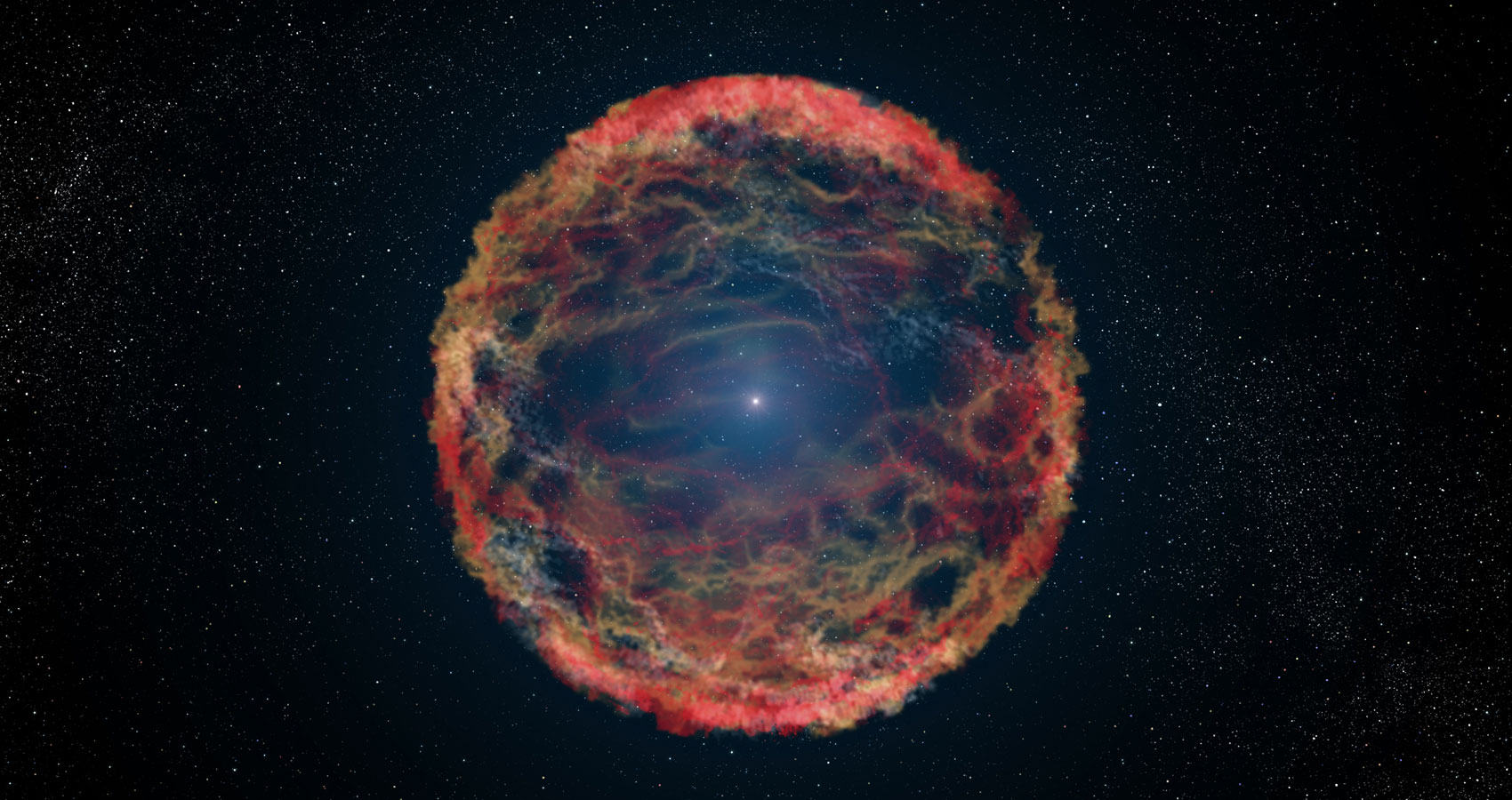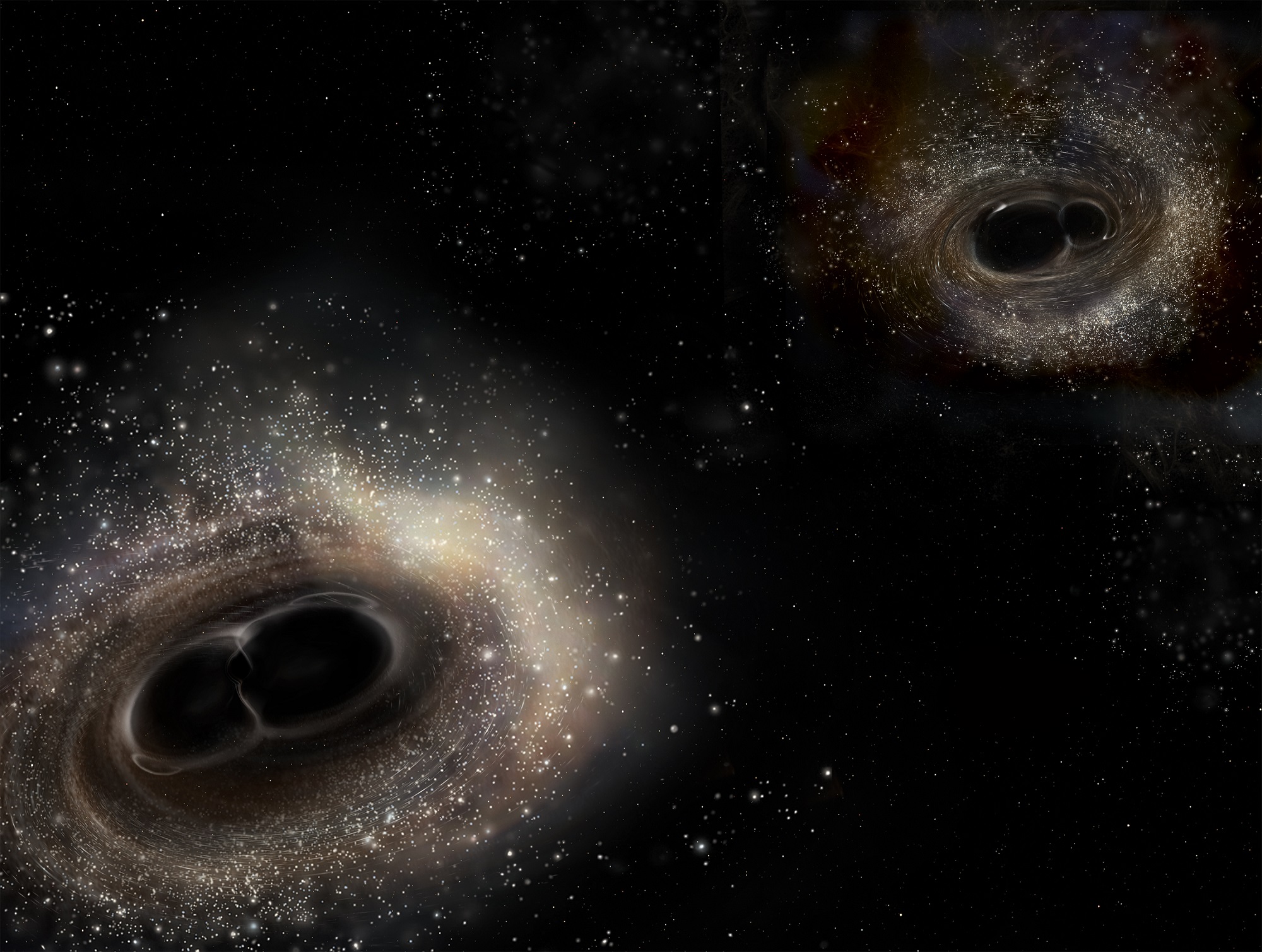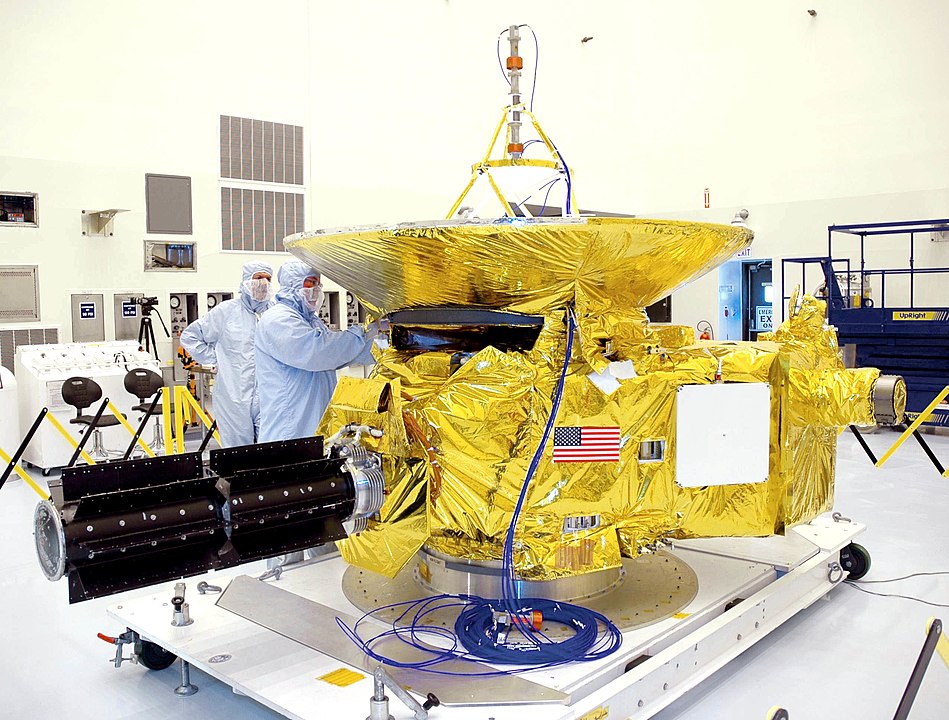Type Ia supernovae are an important tool for modern astronomy. They are thought to occur when a white dwarf star captures mass beyond the Chandrasekhar limit, triggering a cataclysmic explosion. Because that limit is the same for all white dwarfs, Type Ia supernovae all have about the same maximum brightness. Thus, they can be used as standard candles to determine galactic distances. Observations of Type Ia supernova led to the discovery of dark energy and that cosmic expansion is accelerating.
Continue reading “White Dwarf Measured Before it Exploded as a Supernova”Is the Hubble constant not…Constant?

Cosmologists have been struggling to understand an apparent tension in their measurements of the present-day expansion rate of the universe, known as the Hubble constant. Observations of the early cosmos – mostly the cosmic microwave background – point to a significantly lower Hubble constant than the value obtained through observations of the late universe, primarily from supernovae. A team of astronomers have dug into the data to find that one possible way to relieve this tension is to allow for the Hubble constant to paradoxically evolve with time. This result could point to either new physics…or just a misunderstanding of the data.
“The point is that there seems to be a tension between the larger values for late universe observations and lower values for early universe observation,” said Enrico Rinaldi, a research fellow in the University of Michigan Department of Physics and coauthor on the study. “The question we asked in this paper is: What if the Hubble constant is not constant? What if it actually changes?”
Continue reading “Is the Hubble constant not…Constant?”Dark Energy Survey is out. 29 Papers Covering 226 Million Galaxies Across 7 Billion Light-Years of Space
Cosmology is now stranger to large scale surveys. The discipline prides itself on data collection, and when the data it is collecting is about galaxies that are billions of years old its easy to see why more data would be better. Now, with a flurry of 29 new papers, the partial results from the largest cosmological survey ever – the Dark Energy Survey (DES) – have been released. And it largely confirms what we already knew.
Continue reading “Dark Energy Survey is out. 29 Papers Covering 226 Million Galaxies Across 7 Billion Light-Years of Space”It Could be Possible to see Gravitational Wave Lenses
Gravitational-wave astronomy is very different from that of electromagnetic light. While gravitational waves are faint and difficult to detect, they also pass through matter with little effect. In essence, the material universe is transparent to gravitational waves. This makes gravitational wave astronomy a powerful tool when studying the universe. But it’s still in the early stages, and there is much to learn about how gravitational waves behave.
Continue reading “It Could be Possible to see Gravitational Wave Lenses”A new Method Simulates the Universe 1000 Times Faster
Cosmologists love universe simulations. Even models covering hundreds of millions of light years can be useful for understanding fundamental aspects of cosmology and the early universe. There’s just one problem – they’re extremely computationally intensive. A 500 million light year swath of the universe could take more than 3 weeks to simulate.. Now, scientists led by Yin Li at the Flatiron Institute have developed a way to run these cosmically huge models 1000 times faster. That 500 million year light year swath could then be simulated in 36 minutes.
Continue reading “A new Method Simulates the Universe 1000 Times Faster”The Oldest Stars Help Tell us how big the Universe is

Astronomers are struggling to understand the discrepancies when measuring the expansion rate of the universe with different methods, and are desperate for any creative idea to break the tension. A new method involving some of the oldest stars in the universe could just do the trick.
Continue reading “The Oldest Stars Help Tell us how big the Universe is”New Supercomputer Simulations Will Help pin Down Inflation

In the very earliest moments of the big bang, the universe experienced a period of rapid expansion known as inflation. That event planted the seeds that would eventually become galaxies and clusters. And now, a recent set of simulations is able to show us how that connection worked.
Continue reading “New Supercomputer Simulations Will Help pin Down Inflation”Simulations of the Universe are Getting Better and Better at Matching Reality

How can you possibly use simulations to reconstruct the history of the entire universe using only a small sample of galaxy observations? Through big data, that’s how.
Continue reading “Simulations of the Universe are Getting Better and Better at Matching Reality”Away From the Light Pollution of the Inner Solar System, New Horizons was Able to see how Dark the Universe Really is
Just how dark is the universe, anyway? It’s a pretty hard thing to measure when we’re sitting this close to the sun. But NASA’s New Horizons probe is so far away that the images it takes of the distant universe are able to deliver the most accurate measurement ever of the universe’s diffuse background light.
Continue reading “Away From the Light Pollution of the Inner Solar System, New Horizons was Able to see how Dark the Universe Really is”In Theory, Supermassive Black Holes Could get Even More Supermassive
Our universe contains some enormous black holes. The supermassive black hole in the center of our galaxy has a mass of 4 million Suns, but it’s rather small as galactic black holes go. Many galactic black holes have a billion solar masses, and the most massive known black hole is estimated to have a mass of nearly 70 billion Suns. But just how big can a black hole get?
Continue reading “In Theory, Supermassive Black Holes Could get Even More Supermassive”





